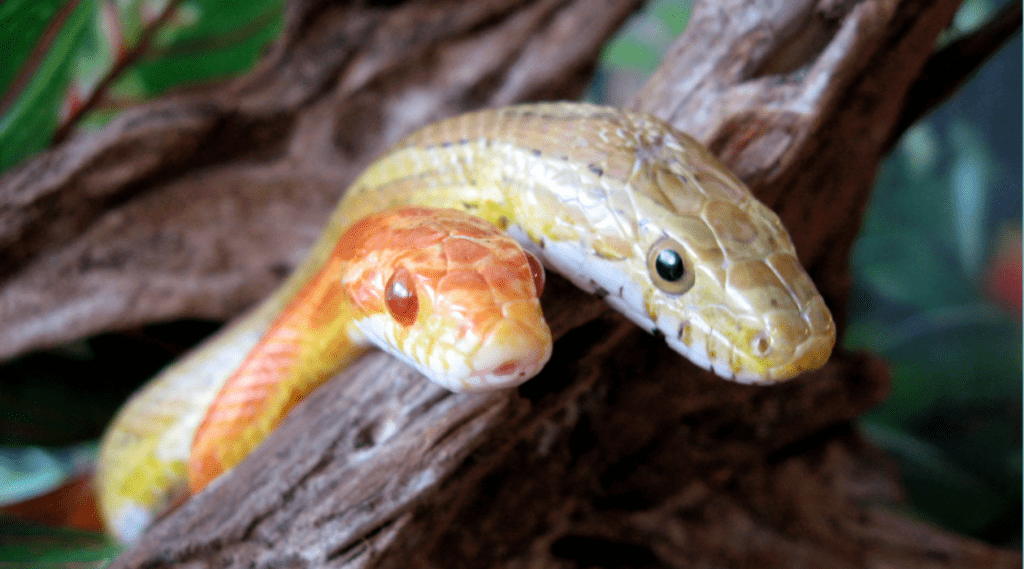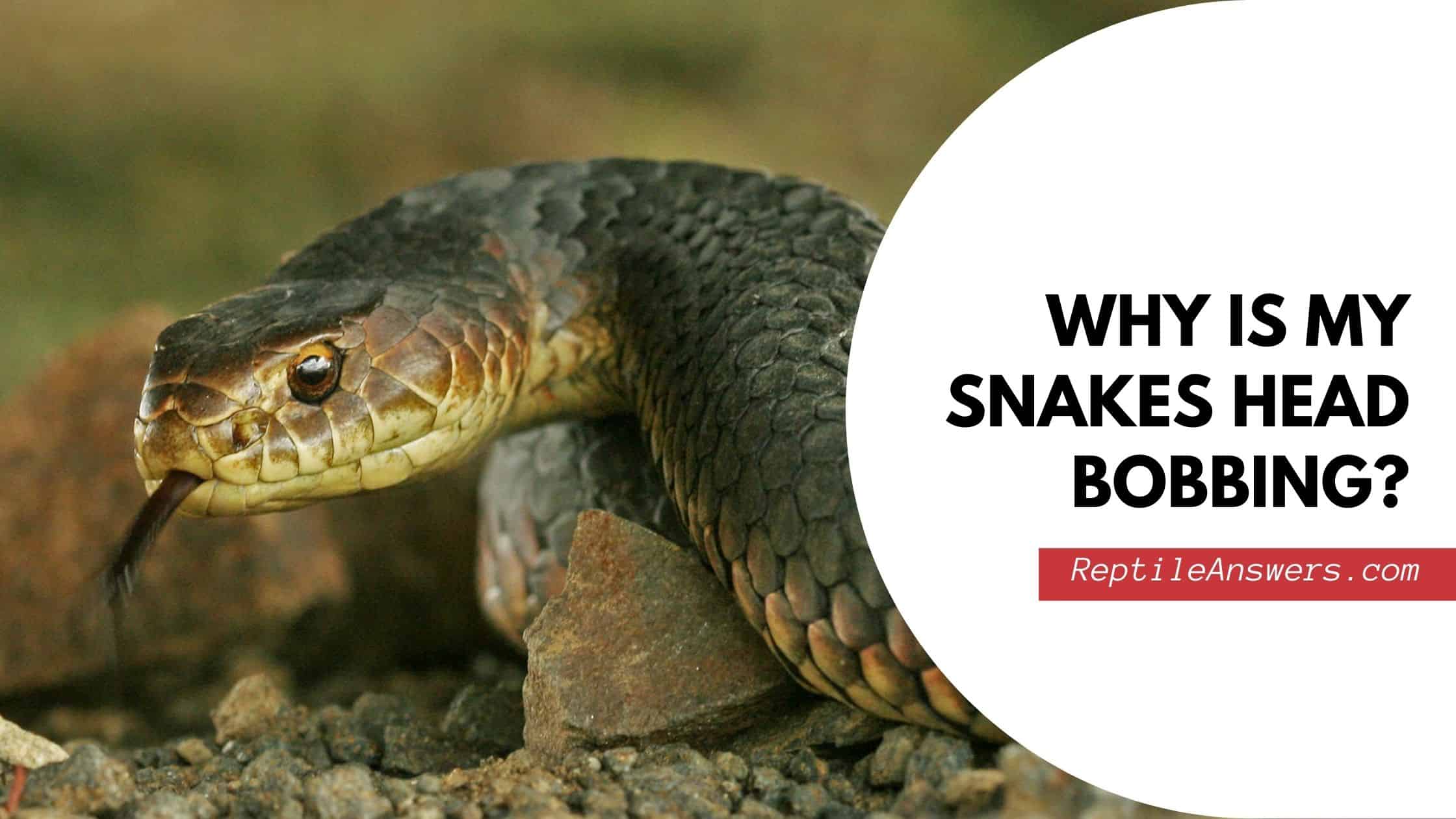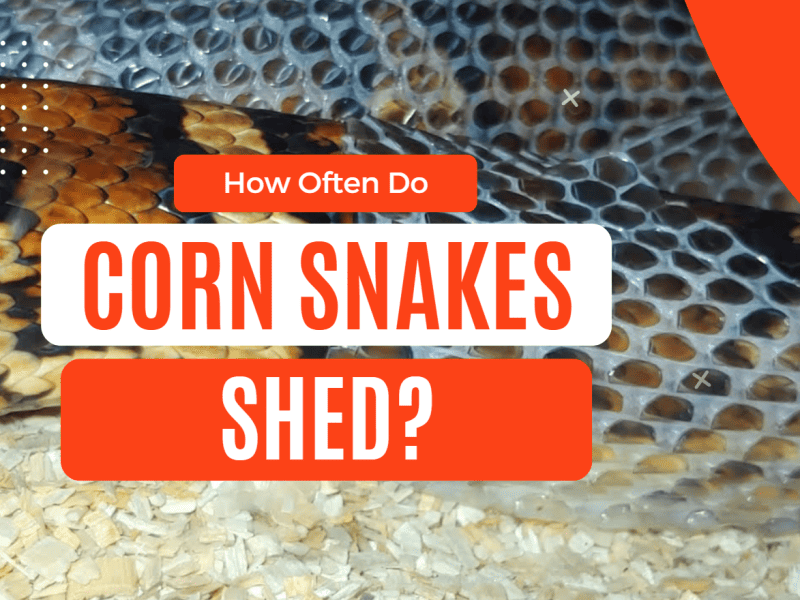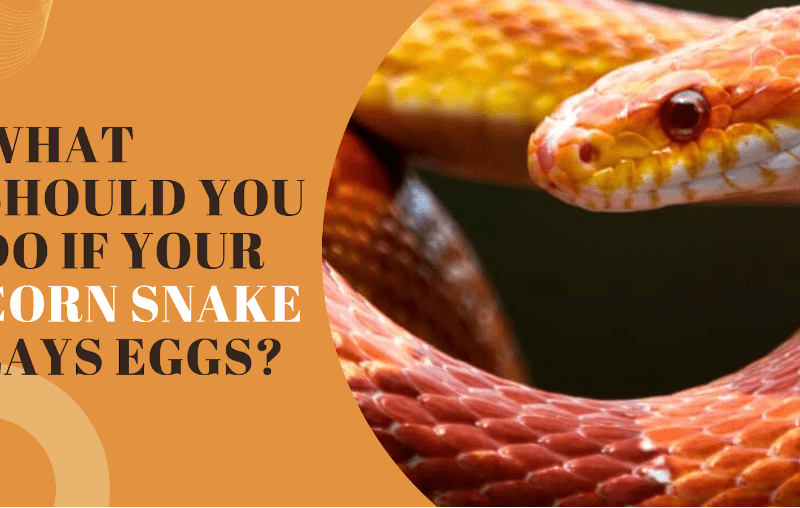Are you wondering, “Why is my snake’s head bobbing?” The most common reasons are genetics, toxin exposure, and spider gene. I will discuss all of these causes in this article and offer some possible solutions. Hopefully, you’ll find the information helpful in solving your snake’s problem! Happy reading! And don’t forget to share this article with friends! It’s important that you know the answers to your questions because these may be the ones to help you find the best cure.

Stargazing
Your snake’s head may be bobbing when stargazing because it is attempting to clear its snout of fluids and mucus. Normally, when snakes stargaze, their snout stays pointed upwards, and they do not use their filtering system. Nevertheless, stargazing symptoms may be a sign of something more serious. Here are some of the things you should watch for.
A snake may be experiencing these symptoms of inclusion body disease if it has a viral infection. The virus is passed on to snakes by mites and is usually fatal. A snake may also exhibit several symptoms, including regurgitation of food, an abnormal change in their shedding routine, and unusual movements. Some of these other symptoms may not be obvious but are nonetheless significant. Ultimately, the best course of action for your snake is to take it to a veterinarian. The sooner the condition is diagnosed, the better chance of recovering.
If your snake’s head bobbles during stargazing, it may be exhibiting stargazing syndrome. This condition occurs when something in your snake’s body causes muscles to contract, pulling the snout upwards. Infection, neurological disorders, and exposure to toxins are all common causes of stargazing. Although it is not a life-threatening condition, it should be treated as a warning sign of a more serious health condition.
If you suspect a virus, the best course of action is to consult a veterinarian as soon as possible. A virus can cause this condition in a ball python. However, there are also bacterial infections that can cause stargazing. Inclusion body disease can attack the respiratory, neurological, and gastrointestinal systems. Major organ malfunctions and head injuries may also cause neurological problems in your snake.

Corkscrewing
There are many different causes of corkscrewing in snakes. While this behavior is common, it can be caused by several different conditions. Some snakes are overheated due to a malfunctioning heat source, or they can be prone to spasms, which are involuntary muscle contractions. Snakes with stargazing or corkscrewing behaviors may be suffering from a more serious medical condition.
The leading cause of wobble in snakes is the presence of a gene that gives them unique coloration. This gene may also cause a snake to wobble. Snakes with wobble syndrome can have difficulty striking prey. The most effective treatment is avoiding stressful environments, such as a small, opaque tub. Snakes with wobble syndrome may have difficulty catching prey if they’re held steady by a person.
Neurological problems are another cause of head wobble in snakes. A snake with a wobbly head may not distinguish between up and down. It might also flip its head upside down in a corkscrew motion and may lay on its back. The condition can impair the snake’s ability to hunt prey and may cause lower muscle tone. Ultimately, it may cause the snake to be unable to mate or move around its environment.
A vet will be able to determine if a snake’s head wobble is caused by a condition. Some snakes are prone to head wobble due to a genetic defect. Some snakes develop dyssecdysis or a combination of both. Regardless of the cause, you should visit a veterinarian to determine the best treatment for your snake’s particular condition.
Some breeders claim to have snakes with no wobble, but they are not true. Snakes with wobbles may not be able to feed or track prey properly. If you’re looking to keep a snake, don’t worry. Unlike chameleons, snakes with wobbles are easy to care for. They are easy to care for, and many people enjoy them. However, this might be a good option if you’re looking for a pet.
Several factors may influence the behavior of snakes, including their genetic makeup. Snakes with morphs may adopt odd postures and move in strange ways, and some snakes display unusual behaviors and personality traits. Though snake head bobbing is not always genetically inherited, some snakes with the condition are more aggressive than others. Depending on the individual, morphs may be caused by one or more genes. This article will discuss the factors that may affect snake behavior.
As a beginner, you should learn about the genetics of snake head bobbing. Understanding the nature of these traits will help you better understand the character of a particular snake. Genetics of snakes is similar to that of humans; they determine the characteristics of their offspring. As long as both males and females are healthy, they may mate and produce offspring with morphs that have distinct characteristics. Inbreeding is possible, but you should make sure that the males and females of your snake are compatible.
Many morphs of snakes have this condition. Corn snakes are notable examples of snakes that wobble. Male corn snakes wobble when they smell prey, and male carpet pythons are known to do the same during breeding season. Ball python morphs may also exhibit this disorder. Genetic testing will help you determine which snakes are at high risk for head bobbing, so be sure to consult a veterinarian if you suspect your snake has this condition.
As mentioned, the genetics of snake head bobbing have several causes, including exposure to heat/cold shock, diseases, and chemicals. A proper husbandry program can help correct these causes. While snakes with low wobble usually exhibit symptoms during stressful events, snakes with extreme head bobbing should be examined by a vet for a diagnosis. There is no known cure for head bobbing, but it is possible to prevent it in your snake.
Toxic substances
If you suspect your snake is experiencing neurological symptoms, he may have become exposed to toxic substances such as cleaning solutions, pesticides, or mite spray. To rule out any underlying disease, a veterinarian will perform a complete examination and medical history before diagnosing. Diagnostic tests may include x-rays, fecal examinations, and a complete pathology workup. Together, you can develop a treatment plan. While stargazing is not a disease in and of itself, it can indicate an underlying problem.



